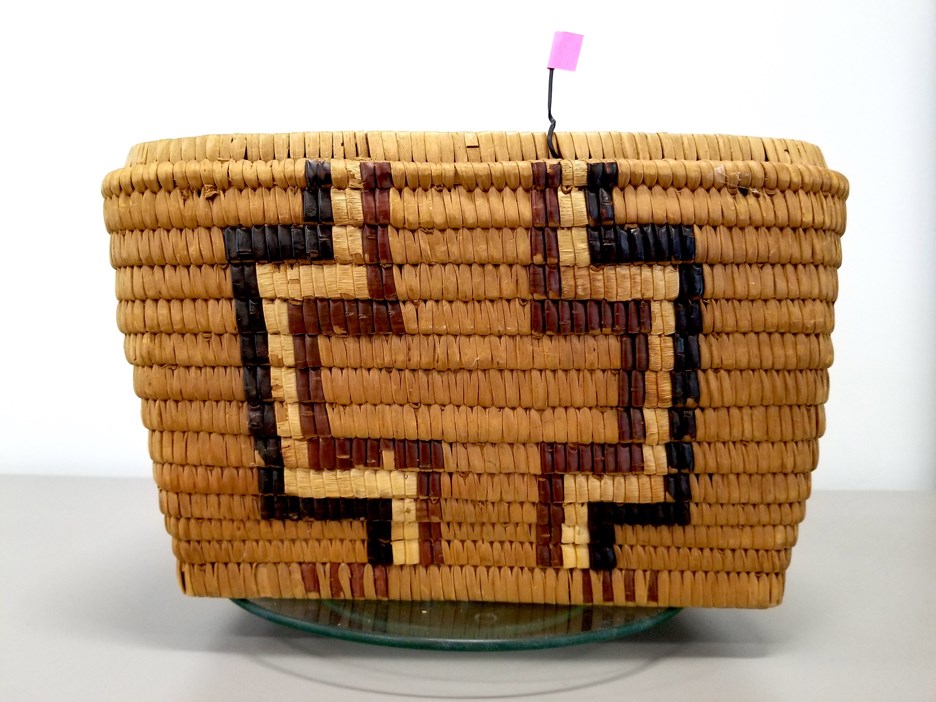The cedar basketry designs of the Tla’amin Nation, just north of Powell River on the Sunshine Coast, can now be shared with schoolchildren using an interactive, online application where they can re-create these beautiful geometric patterns.
Undergraduate students in SFU’s Department of Mathematics in Burnaby collaborated with the nation to design and complete the application.
“We met with members of the Tla’amin Nation and, with the blessing of their chief, Clint Williams, were given some of the basket patterns,” says undergrad Laura Gutierrez-Funderburk. “They see this as an opportunity to share their culture with us, and with B.C. schoolchildren.”
She worked on the application with fellow students Jenifer Pham and Howell Tan. They hope to introduce it to schools throughout B.C. as a fun way of introducing Indigenous culture into the classroom while also teaching mathematical concepts.
“Teaching patterns at a young age is important,” says Pham. “Introducing images and shapes helps with mathematical thinking.”
Working under the supervision of professor Cedric Chauve, the undergrads used Python code to create the basketry program. They broke the complex Tla’amin patterns into the smallest possible units so that when they are flipped or reflected the original pattern is recreated. They then had to figure out how turn basket photos into 3D objects that show the pattern on all sides.
Schoolchildren, and others, can use the application in a Jupyter Notebook, an interactive online learning resource that presents an Internet page that has a header and different functions and buttons they can manipulate. With simple steps, they can use the notebook to create the complex patterns.
“Our idea was to allow people to learn about these patterns, create new patterns, restore traditional patterns, and pass along knowledge to future generations,” says Gutierrez-Funderburk. “Indigenous basket weavers can now use this program to create and preview new designs.”
Their project was supported by the Pacific Institute for the Mathematical Sciences as part of the Callypso project, which aims to bring technology into Canadian classrooms.



